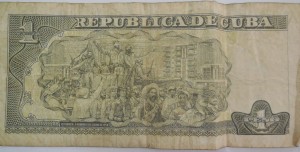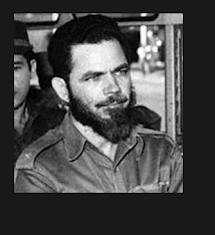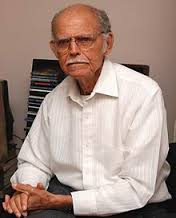
GUANTANAMO, Cuba, January – www.cubanet.org These days, as every year, young activists of the UJC (Communist Youth), FEU (Federation of University Students) and veterans of the rebel army, reenact the trip from Santiago de Cuba to Havana made by the then young and hopeful commander-in-chief Fidel Castro Ruz with other guerrillas.
The entry into the capital on January 8, 1959 which was called the Caravan of Freedom, was an extraordinary historical event that filled the people of Havana with joy, as it had hundreds of thousands of Cubans along the way to whom they promised the restoration of the 1940 Constitution, the civil and political liberties Batista had taken away, and free elections after the tyrant was ousted.

Also in these days, the TV re-broadcasts a video about Fidel entering Havana and, although the images have been edited, the informed spectator knows that the guerrilla appearing briefly to the left of Fidel is Commander Huber Matos. Today, few young Cubans know who Huber Matos was, perhaps because he was only referred to with the epithet of traitor from October 1959, which the Cuban leaders saddled him with.
So they ignore that on the back of the One Peso (CUP, not convertible) bill where the screened imaged of Camilo and Fidel appear, there should also be the guerrilla commander in adherence to historical truth, the same one who Fidel mentions in his concept of Revolution.
These young people are also unaware of the importance Huber Matos had in strengthening the guerrilla struggle in the Sierra Maestra and in organizing the supply of arms and his decisive influence on the guerrilla victory. They ignore the role played by the Column No. 9 in taking Santiago de Cuba, always minimizing it, and that this Cuban who was born in 1918 was the quickest to reach the rank of commander of the Rebel Army.

Also are also unaware that once the revolutionary triumph was achieved, Huber Matos was perhaps the only commander who requested clarification from Fidel Castro about the direction the revolution was taking, as unmistakable signs of Communist penetration in the military and in all structures power of the revolutionary government were already apparent, which was vehemently denied by Fidel Castro in the trial that began in late 1959 against Huber and a group of rebel officers, a few days after the mysterious disappearance of Camilo Cienfuegos.
For the young people today are reenacting that journey of that Caravan of Freedom, they are also unaware how difficult life has been for the former members of the Column No.9 who decided to stay in Cuba, many of them discriminated against for the mere fact of having fought for the restoration of democracy in Cuba under the direction of Huber Matos.
Some day, when all sources are consulted and analyzed and the people have access to them, the history of guerrilla period and period after 1959 can be written objectively. I am sure that then the name of Commander Huber Matos will not be accompanied by an unfair stigma.
A man cannot be accused of being a traitor when he risked his life for the good of the country, not to mention when he remained consistent with the democratic principles that led to the Cuban Revolution and are reflected in the Moncada program and the Covenants of Mexico and the Sierra Maestra.
Cubanet | 8 January 2014
